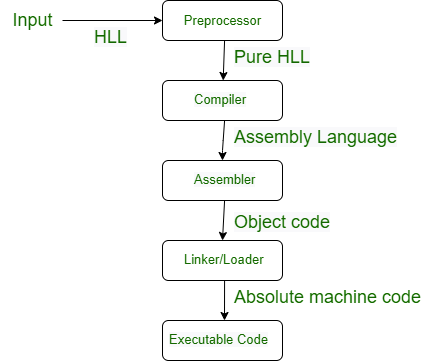
Last Updated: 26 June 2023
In computer science, a binary translation which entails transferring instructions from one binary format to another, often from one computer architecture to another is an essential procedure.
It is essential for providing software compatibility across many systems and platforms. However, binary translation is a difficult process that is rife with difficulties.
In this post, we’ll look at some of the typical problems with binary translation and talk about workable solutions.

Page Contents
Differences In Architecture And Instruction Sets
The basic variations in computer architectures and instruction sets are one of the main difficulties in binary translation by English to Binary Translator. Each architecture has certain characteristics, registers, memory models, and instruction formats of its own.
The analysis and mapping of instructions, registers, and memory accesses must be done with great care when translating binary code across architectures with different instruction sets.
This obstacle can be circumvented by using advanced analysis and pattern recognition algorithms to locate and map comparable instructions. Accurate translation across architectures may be ensured by using well-defined translation dictionaries and thorough testing.
Memory and Addressing
During binary translation, memory and addressing present considerable difficulties. Memory organization and layout can vary between architectures, which might have an impact on the translation process.
In order to preserve accurate memory access, the translated code must be modified since addressing modes and memory alignment might change.
An in-depth comprehension of memory layout and addressing modes for both the source and destination architectures is necessary to handle this difficulty. It is possible to guarantee accurate translation by intelligently rewriting memory access instructions, which includes changing addressing modes and taking alignment needs into account.
System Calls And Privileged Instructions
System calls and privileged instructions provide challenges for binary translation. It is common to need to translate system calls and privileged instructions from one operating system or architecture to its comparable counterparts. Building a thorough mapping of system calls and privileged instructions between the source and target architectures is the solution to this problem.
These instructions can be intercepted and converted using a translation layer, which will make them compatible with the target environment.
System Calls And Privileged Instructions
These two types of commands present difficulties for binary translation. System calls and privileged instructions frequently need to be converted from one operating system or architecture to its equivalents.
The answer to this issue is to provide a comprehensive mapping of system calls and privileged instructions between the source and target architectures. The target environment can be made compliant with these instructions by intercepting them and converting them using a translation layer.
Debugging And Testing
Due to the absence of source-level visibility and the complexity added during translation, debugging and testing translated binaries can be difficult. It might take a lot of time and effort to locate and fix problems brought on by translation mistakes, memory access violations, or register incompatibilities.
Advanced debugging tools and binary translation-specific approaches can be used to solve this problem. This comprises software for register tracing, memory access monitoring, and dynamic analysis. To make certain that the translated code is accurate and stable, rigorous testing utilizing a variety of test cases and regression suites is essential.
Conclusion
In conclusion, binary translation is a tough operation that requires overcoming a variety of obstacles, such as architectural variations, memory and addressing inequalities, system call and privileged instruction mapping, performance considerations, and debugging hurdles.
These issues may be successfully dealt with by utilizing sophisticated analytical techniques, creating thorough mappings, implementing optimization approaches, and utilizing cutting-edge debugging tools.
Accurate and effective binary translation is achievable with careful attention to detail and comprehensive testing, enabling programme compatibility across many platforms and architectures.
| Read More |
- Top Computer Companies And Their Founders
- List Of Apple iOS Version History (iOS 17 2023 Updated)
- List Of All Social Networking Sites And Their Founders (2023)












